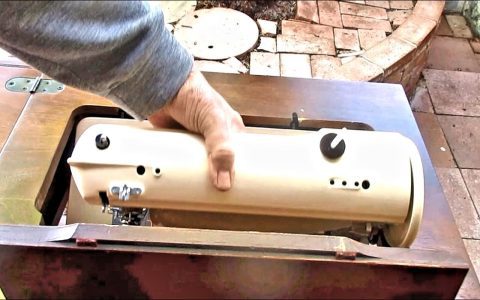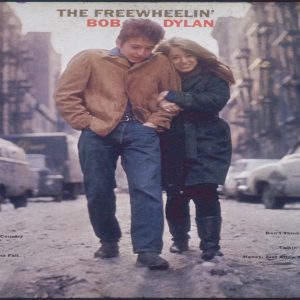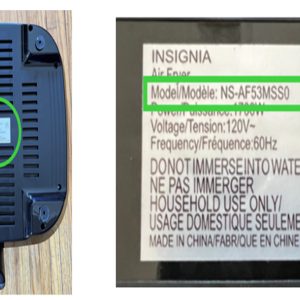Unlock the full functionality of your vintage Singer sewing machine cabinet with this setup guide. Proper installation ensures safe operation and preserves your antique machinery.
Preparing the Cabinet
- Clear the workspace: Remove the cabinet top and center drawer completely.
- Inspect thoroughly: Check the cabinet bed for debris, rust, or sharp edges. Vacuum sawdust.
- Verify fit: Ensure your specific Singer model's base plate aligns correctly with the cabinet's mounting hole.
Mounting the Machine
- Position correctly: Lower the machine into the cabinet opening. The protruding base plate should rest flush on the cabinet bed.
- Secure mounting bolts: Locate the bolt holes on the machine's base plate. Thread mounting bolts through the cabinet bed holes and into the machine base. Finger-tighten initially.
- Final tightening: Using the appropriate wrench, firmly tighten all bolts to prevent machine shifting during operation.
Electrical Setup (Critical)
- Replace rubber wiring: Immediately discard original crumbling or cracked power cords and foot controllers.
- Install modern components: Connect new insulated wiring and a UL-approved foot controller rated for your motor.
- Grounding is essential: Wire a dedicated ground connection from the motor casing to a grounded outlet.
Testing & Adjustment
- Check machine balance: Ensure no wobbling. Shim cabinet feet if uneven.
- Verify belt tension: Press midway on the motor-to-handwheel belt. Proper deflection is approximately 1/2 inch. Adjust motor position.
- Test operation: Run the machine slowly without thread. Listen for binding or grinding sounds indicating misalignment.
Cabinet Functionality & Maintenance
- Reinstall accessories: Ensure the center drawer clears the machine bed when opened/closed.
- Lubricate mechanisms: Oil cabinet hinges and lifting linkage with sewing machine oil sparingly.
- Surface protection: Place felt pads between metal machine parts and wooden surfaces to prevent scratches.
Always store attachments and bobbins in the designated cabinet drawers to protect both the machine and accessories. Use only sewing machine oil on the mechanics.












